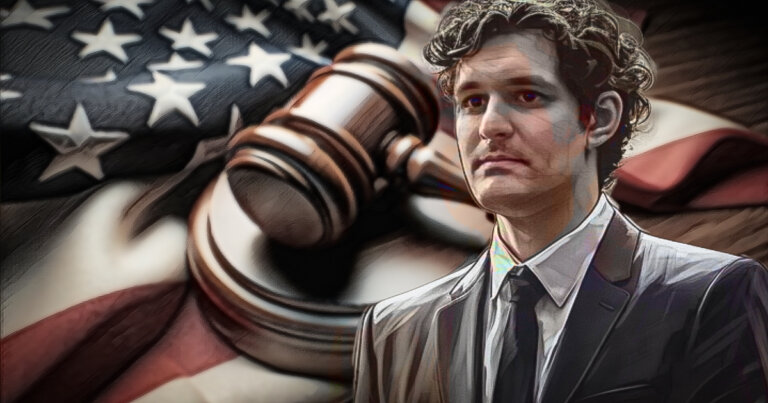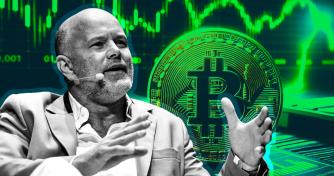 Bankman-Fried retakes the witness stand for cross-examination by prosecutors
Bankman-Fried retakes the witness stand for cross-examination by prosecutors Bankman-Fried retakes the witness stand for cross-examination by prosecutors
The embattled former CEO once again submitted to testifying under oath about the collapse of his crypto empire.

Cover art/illustration via CryptoSlate. Image includes combined content which may include AI-generated content.
FTX founder Sam Bankman-Fried once again took the stand in his ongoing criminal trial in New York on Oct. 30, this time to face cross-examination by prosecutors.
Assistant U.S. Attorney Danielle Sassoon began by determining the extent to which Bankman-Fried was involved with FTX’s sister firm, Alameda Research.
Bankman-Fried admitted to owning 90% of Alameda. However, he largely denied that he was involved in Alameda trading in 2022, stating:
“Depends on how you define trading … I would not say I was not involved in any way.”
Bankman-Fried otherwise said that he was “not involved as a general principle” in Alameda’s daily trading but took part in high-level discussions. He said that he provided Caroline Ellison, then the CEO of Alemeda, with some input on trading; specifically, he admitted that he gave Ellison some instructions related to Japanese government bonds.
Another section of the cross-examination largely focused on whether Bankman-Fried had promised to provide customers with a safe trading service. Despite those assurances, he also made statements suggesting a disregard for user protections — with Sassoon highlighting the fact that Bankman-Fried said “f–ck regulators” in one interview.
SBF on Alameda’s special treatment
Sassoon raised the question of whether FTX treated Alameda Research differently from its other customers.
Previous testimony from former FTX associates suggested that Alameda was allowed to have special privileges such as a negative balance and unlimited credit line. Bankman-Fried admitted that most customers would not be allowed a lasting unlimited negative balance. He also did not deny that Alameda could withdraw billions of dollars from FTX using a line of credit without falling under FTX’s automatic liquidation procedures.
He also said that customers were only “sometimes” allowed to use outside investments as collateral, identifying Three Arrows Capital affiliate Crypto Lotus as one example. Alameda often used FTX’s FTT token as collateral, according to other reports.
Though he identified those instances of special treatment, Bankman-Fried often testified that he was unable to recall whether he had previously said that Alameda was treated the same as other customers. Sassoon asked several questions to that effect.
Bankman-Fried nevertheless admitted to stating, at one point prior to his company’s collapse, that Alameda “had the same access as other customers.”
Bankman-Fried remained under cross-examination at the time of writing.





 CoinGlass
CoinGlass 


 Farside Investors
Farside Investors 


































































































